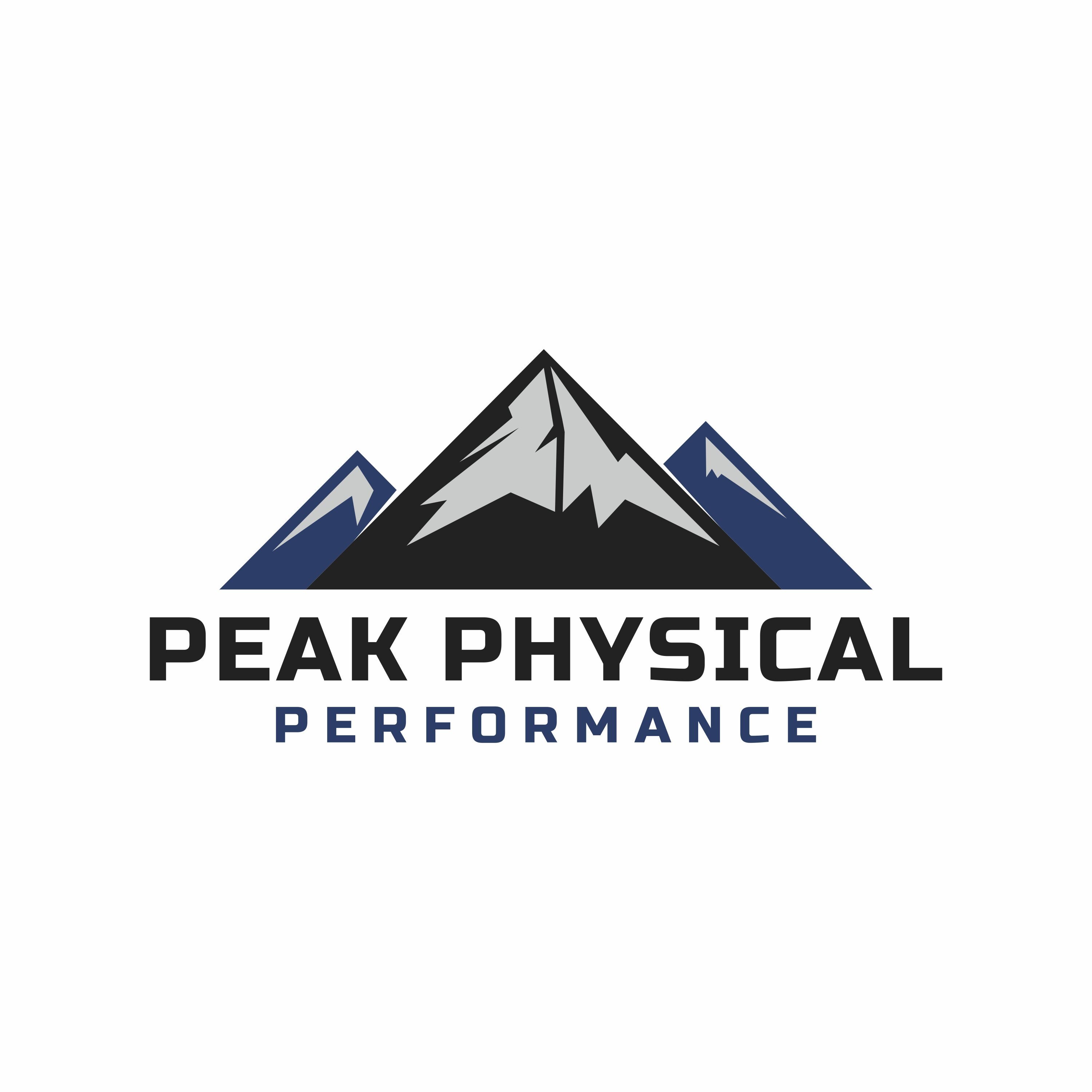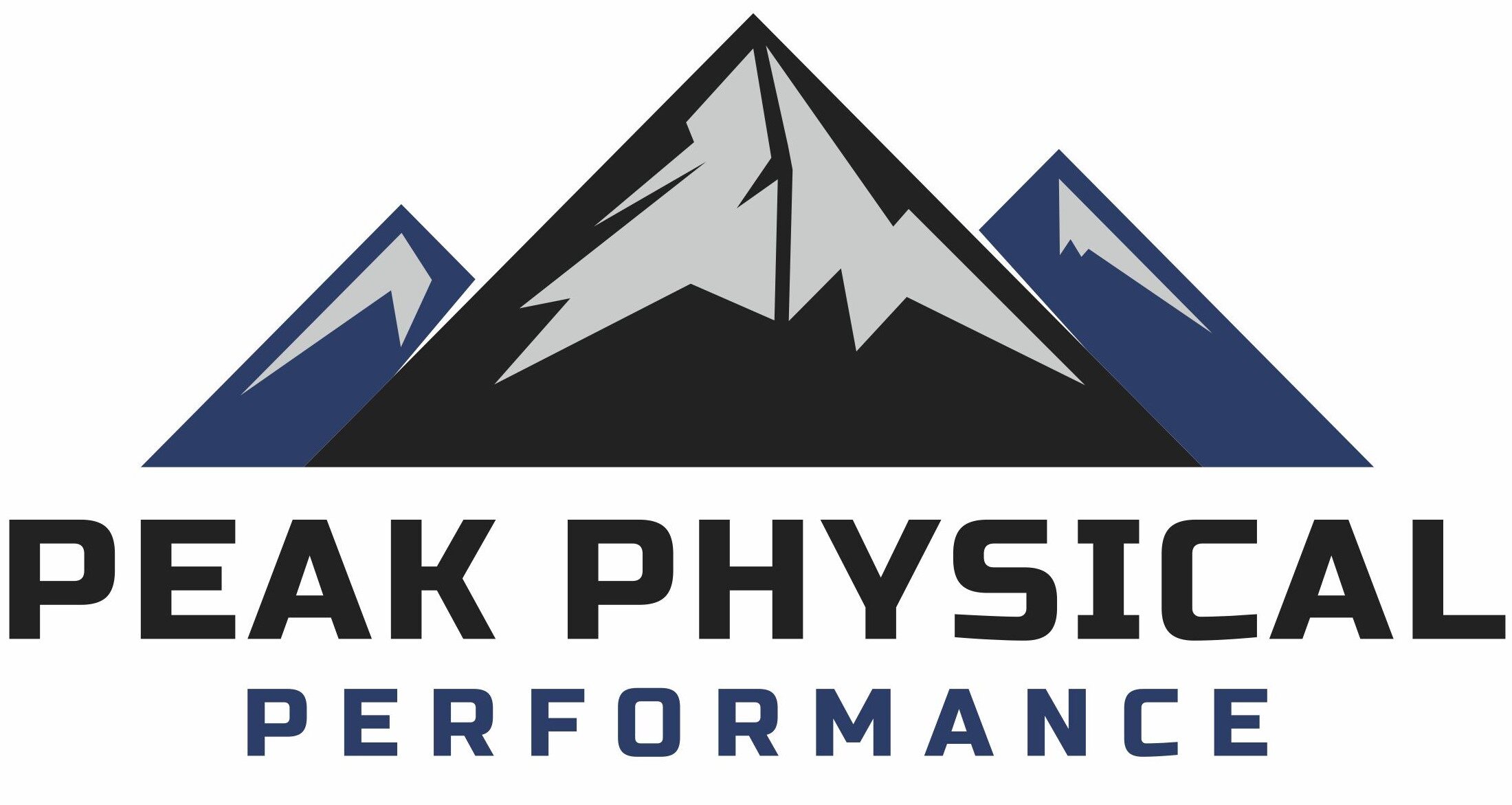In the realm of athletic performance and recovery, mechanical compression devices, such as the Normatec compression boots, have emerged as a valuable tool for supporting muscle recovery processes. From reducing post-exercise soreness to enhancing tissue repair, these devices offer a targeted approach to optimizing recovery. Let’s delve into the benefits, risks, and practical considerations associated with mechanical compression therapy for muscle recovery.
Understanding Mechanical Compression Devices for Muscle Recovery:
Mechanical compression devices employ pneumatic technology to deliver controlled pressure to specific muscle groups. These devices, such as compression pumps or sleeves, utilize sequential or intermittent compression patterns to mimic the natural muscle-pumping action, thereby enhancing circulation and promoting recovery.
Benefits of Mechanical Compression Therapy for Muscle Recovery:
- Enhanced Blood Flow: Mechanical compression devices exert pressure on the muscles, promoting venous return and enhancing blood flow. This increased circulation delivers vital nutrients and oxygen to the muscles while facilitating the removal of metabolic waste products, accelerating the recovery process.
- Reduced Muscle Soreness: Post-exercise muscle soreness, a common challenge for athletes, can be alleviated through mechanical compression therapy. By reducing inflammation and swelling in the muscles, these devices help minimize discomfort and enhance recovery between training sessions.
- Improved Lymphatic Drainage: Mechanical compression therapy aids in lymphatic drainage, facilitating the removal of cellular debris and metabolic waste products from the muscles. This helps reduce swelling and inflammation while promoting tissue repair and regeneration.
Risks and Practical Considerations:
While mechanical compression therapy offers numerous benefits for muscle recovery, it’s essential to consider potential risks and practical considerations:
- Proper Use and Supervision: Mechanical compression devices should be used according to manufacturer guidelines and under the supervision of qualified personnel, particularly for athletes with underlying medical conditions or injuries. Improper use may result in discomfort or adverse effects.
- Individual Variability: The response to mechanical compression therapy may vary among individuals based on factors such as age, fitness level, and the type of exercise performed. Athletes should monitor their response to treatment and adjust the settings as needed to optimize recovery.
- Cost and Accessibility: Mechanical compression devices can be costly, and access may be limited for some athletes. Considerations such as budget, convenience, and availability of alternative recovery modalities should be taken into account when integrating mechanical compression therapy into a recovery regimen.
Mechanical compression therapy offers a targeted and effective approach to muscle recovery, with potential benefits including enhanced circulation, reduced muscle soreness, and improved tissue repair. By harnessing pneumatic technology to deliver controlled pressure to the muscles, these devices support athletes in achieving their training goals while minimizing the risk of overuse injuries. However, proper use, individualized protocols, and consideration of practical factors are essential to maximize the effectiveness of mechanical compression therapy for muscle recovery.
References:
- Aranha, M. F. M., Müller, C. E., & da Silva, R. A. (2018). Effects of Pneumatic Compression on Recovery After Exercise: A Systematic Review. Journal of Strength and Conditioning Research, 32(6), 1806-1816.
- Hotfiel, T., Swoboda, B., Krinner, S., Grim, C., Engelhardt, M., Uder, M., & Heiss, R. U. (2018). Acute Effects of Pneumatic Compression on Performance, Recovery, and Muscle Damage Following Exercise: A Systematic Review and Meta-Analysis. Frontiers in Physiology, 9, 1259.
- Hooper, D. R., Dulkis, L. L., Secola, P. J., Kish, J. A., DiStefano, L. J., & Swartz, E. E. (2017). The Effects of Sequential Pneumatic Compression on Performance and Recovery Following Acute Resistance Exercise. Journal of Strength and Conditioning Research, 31(2), 310-318.



Comments are closed